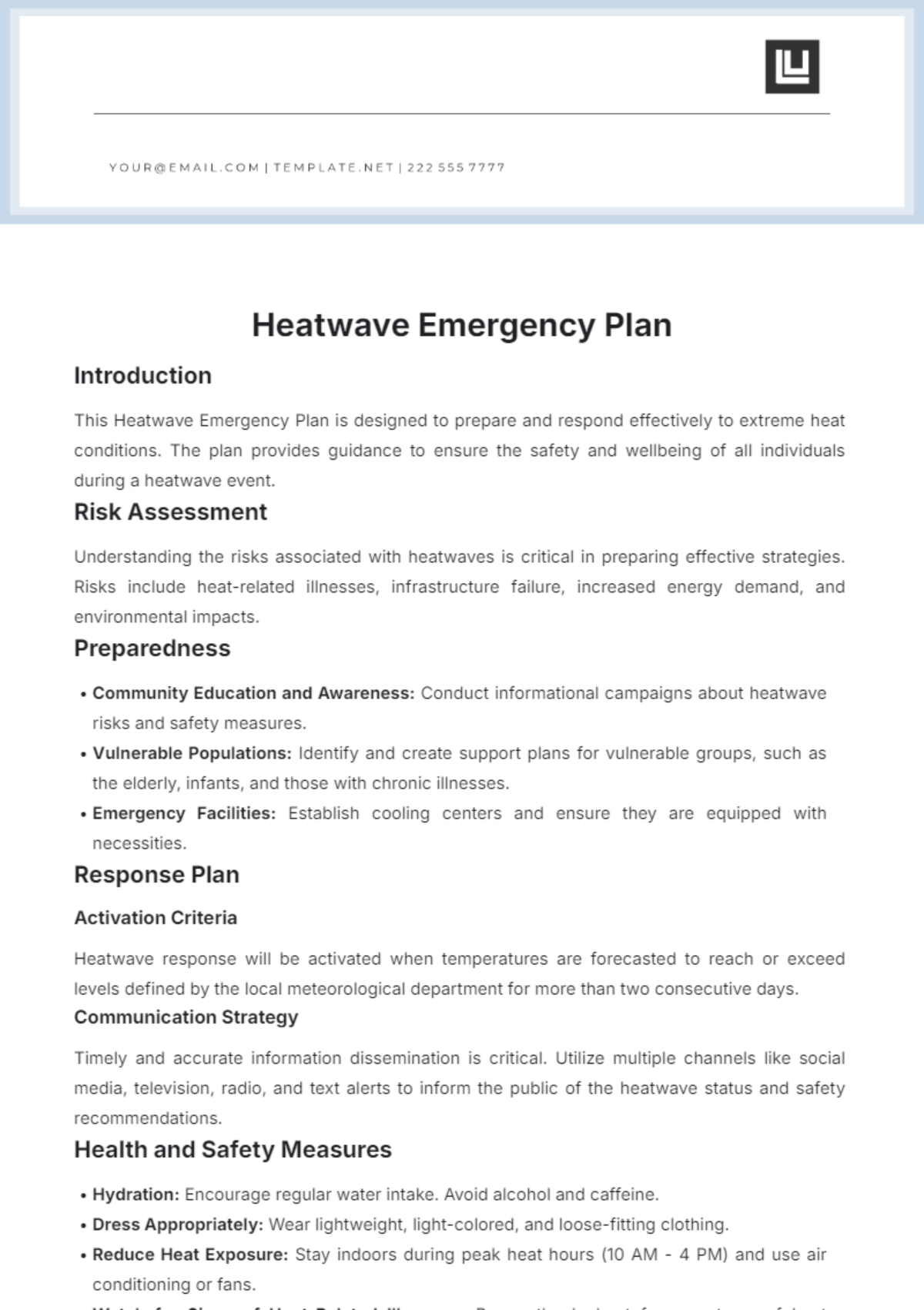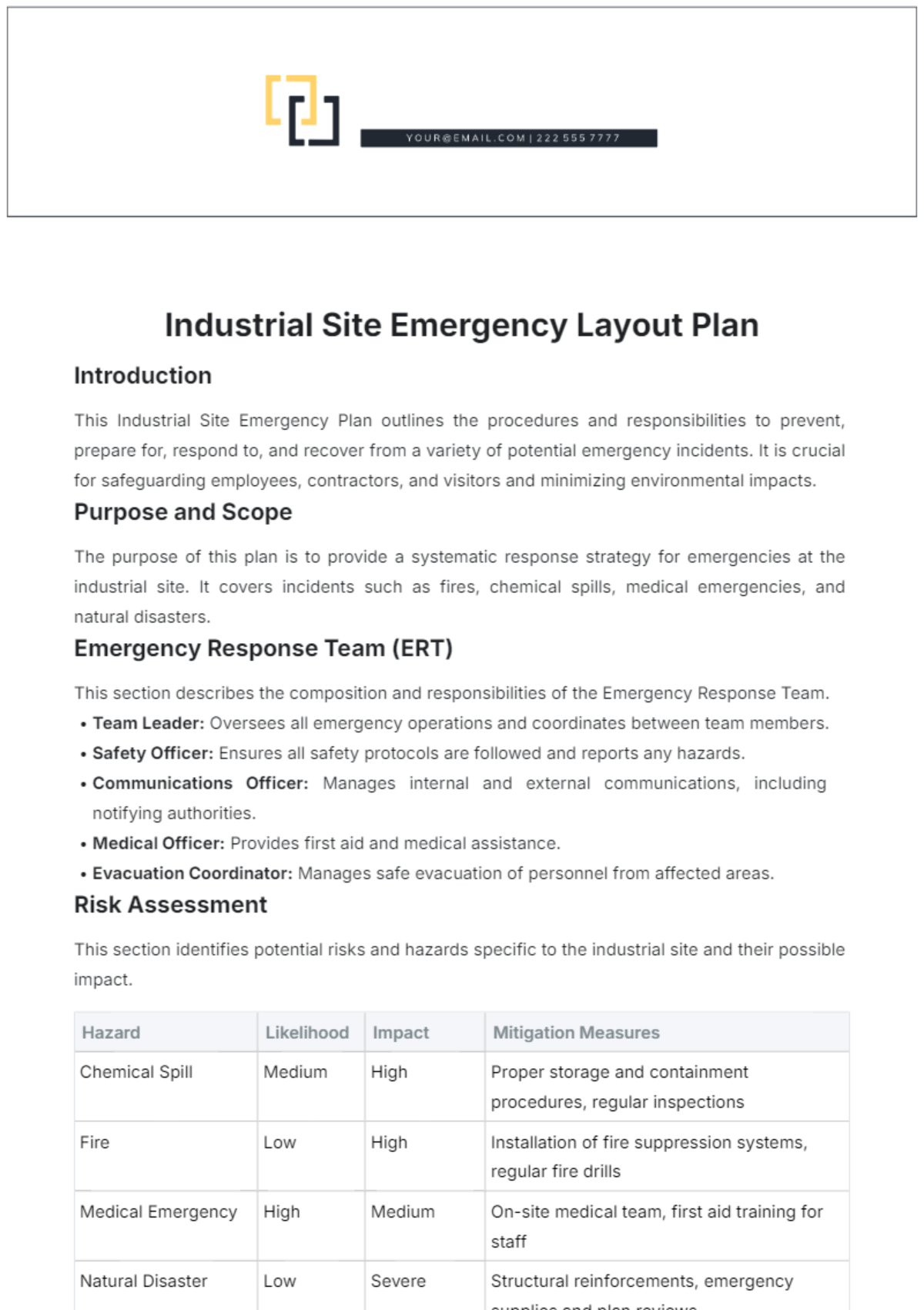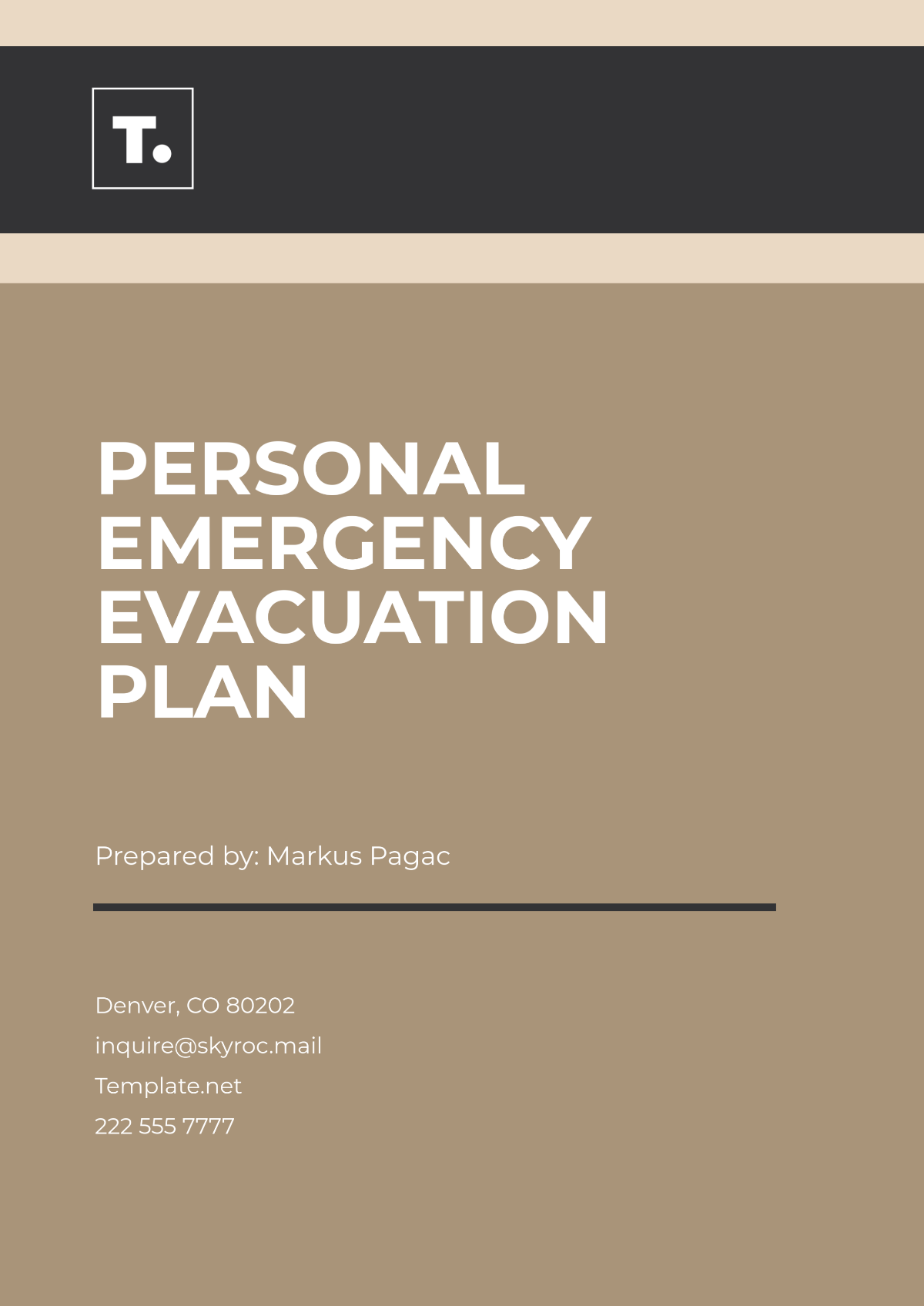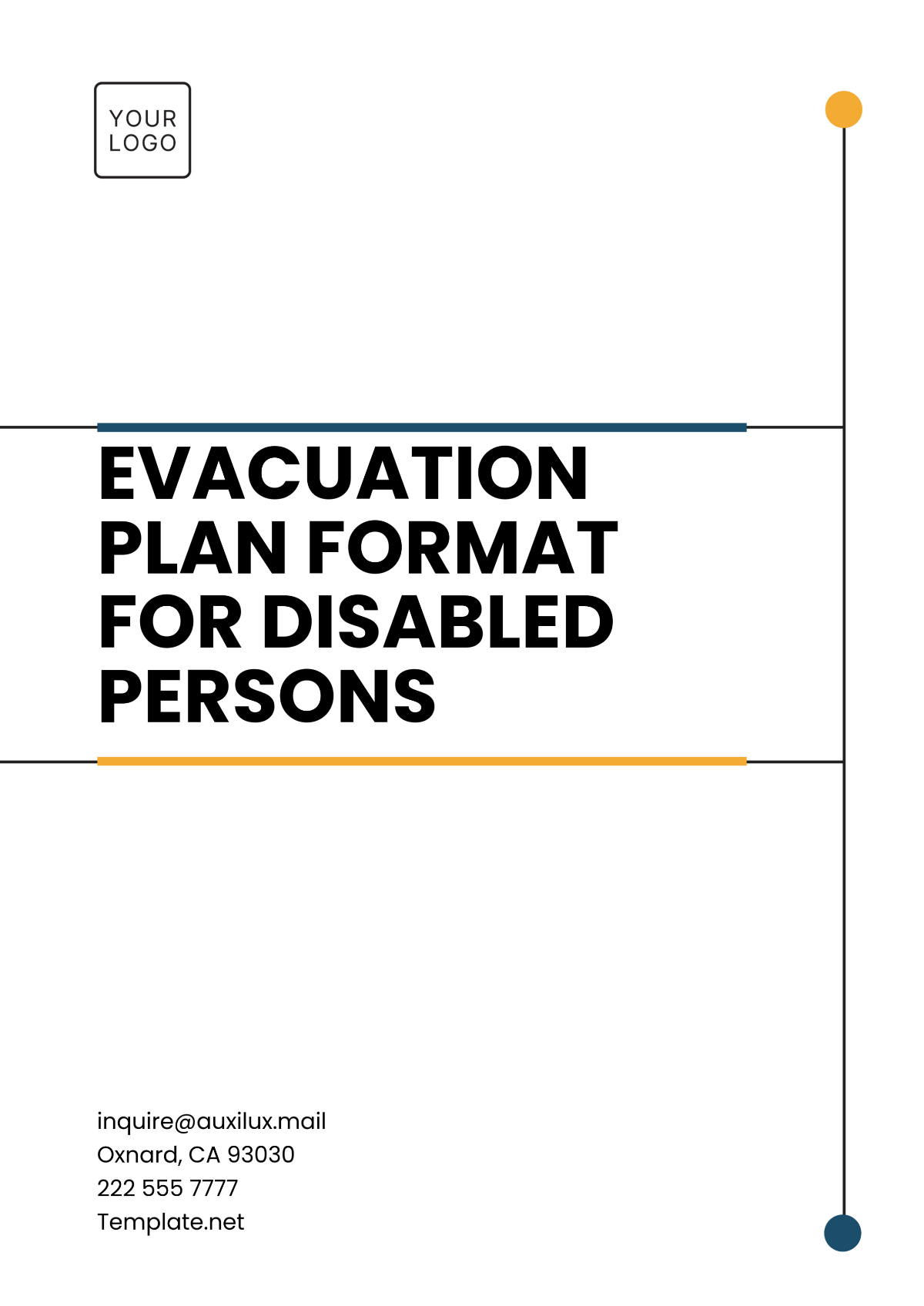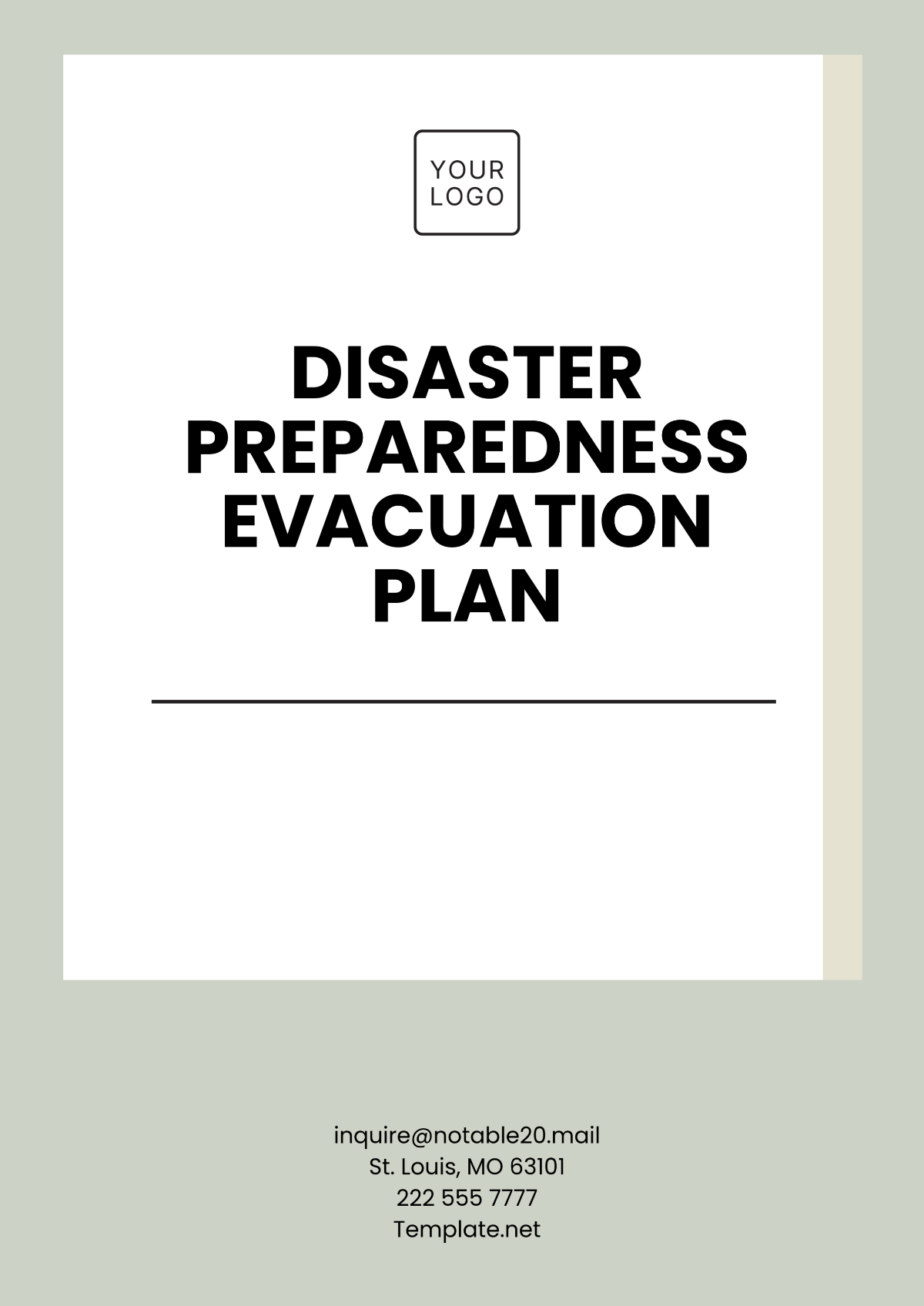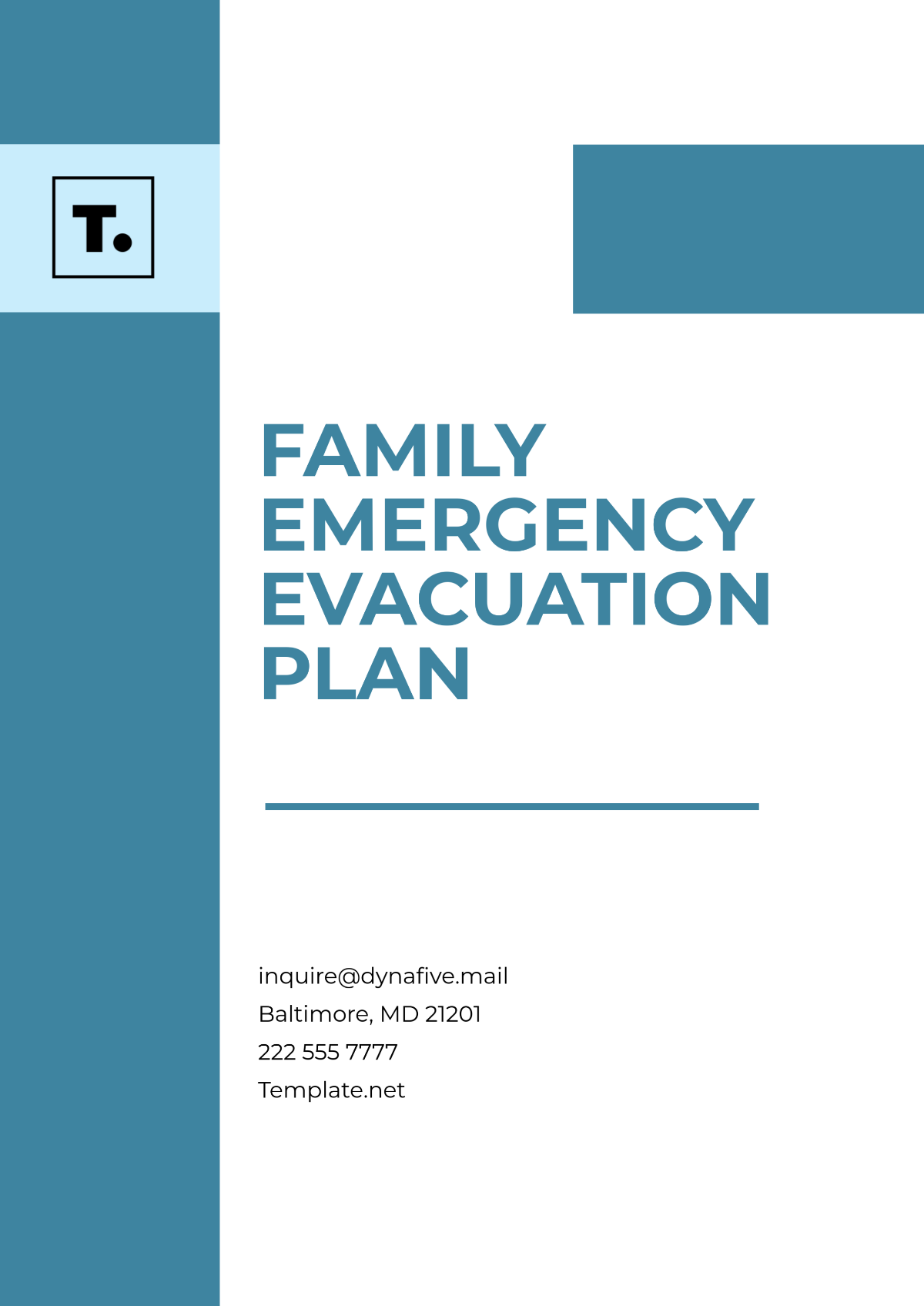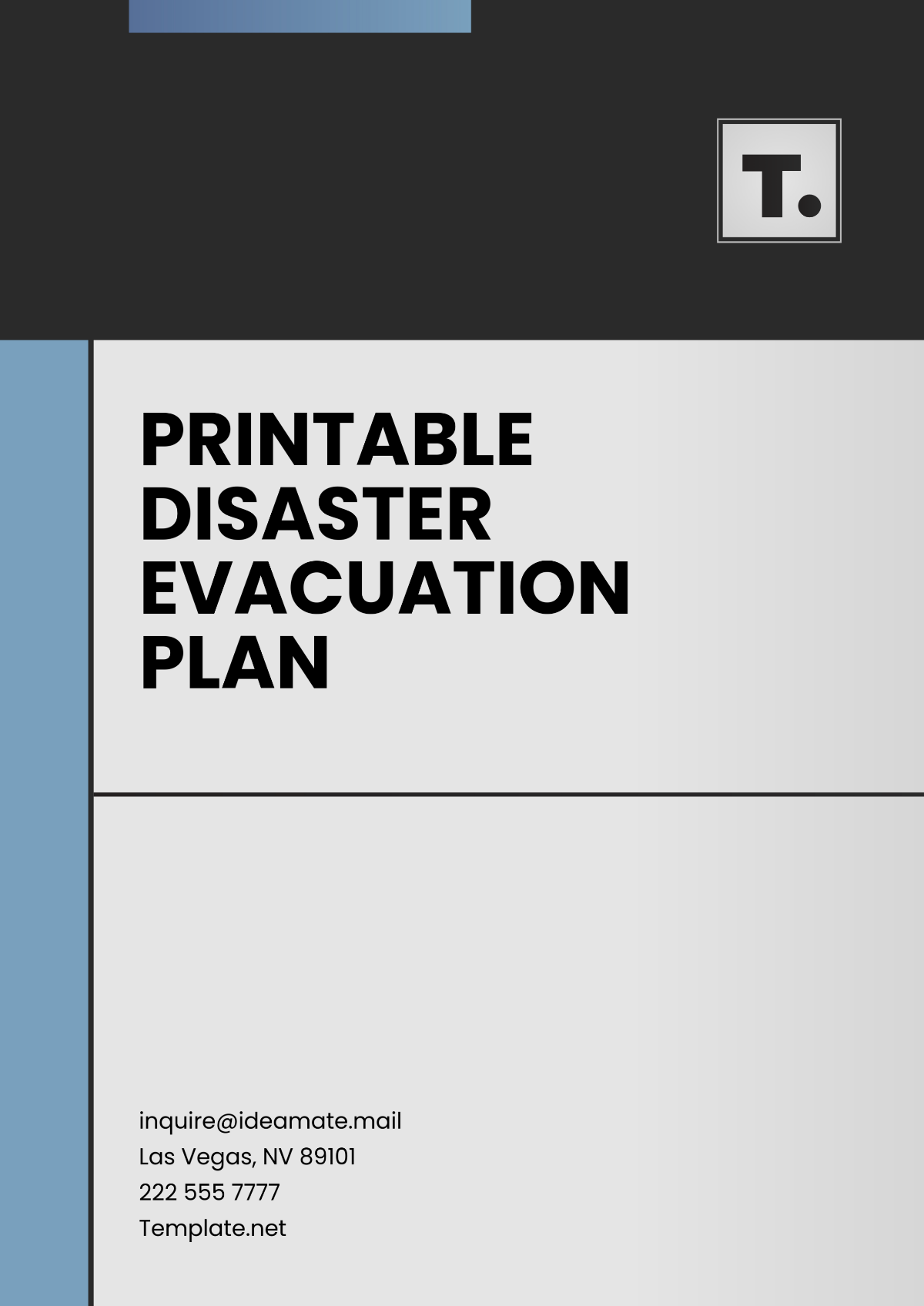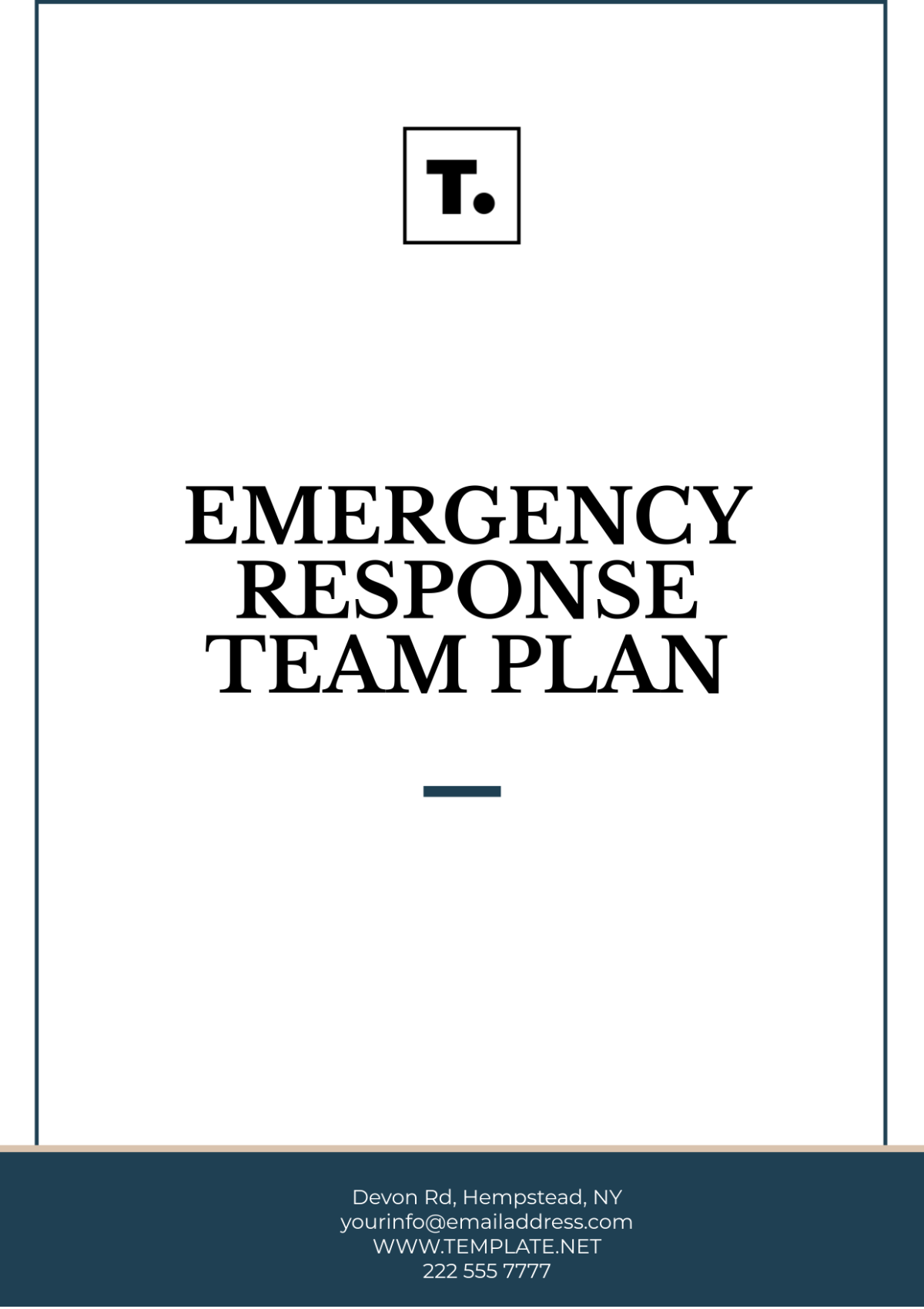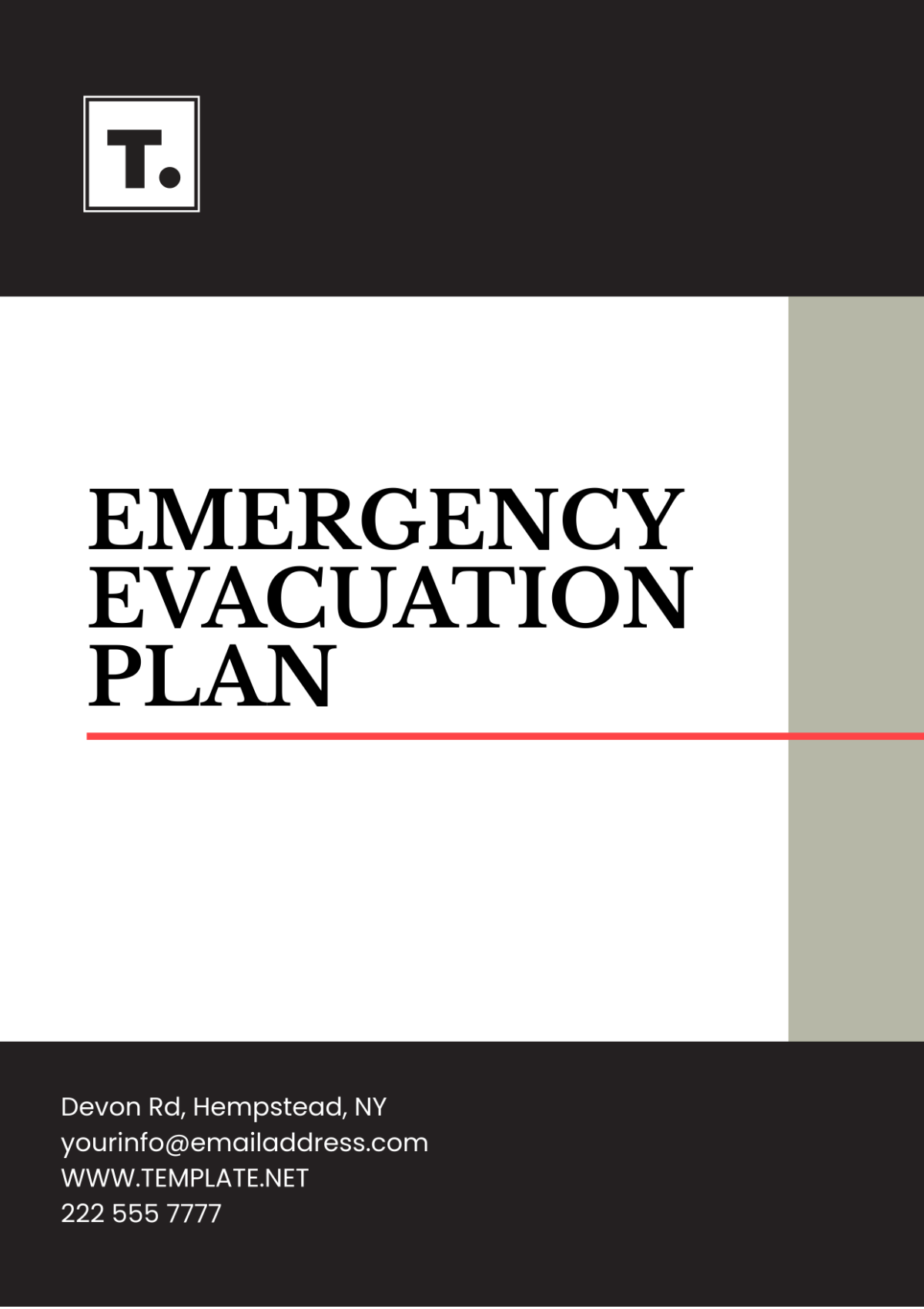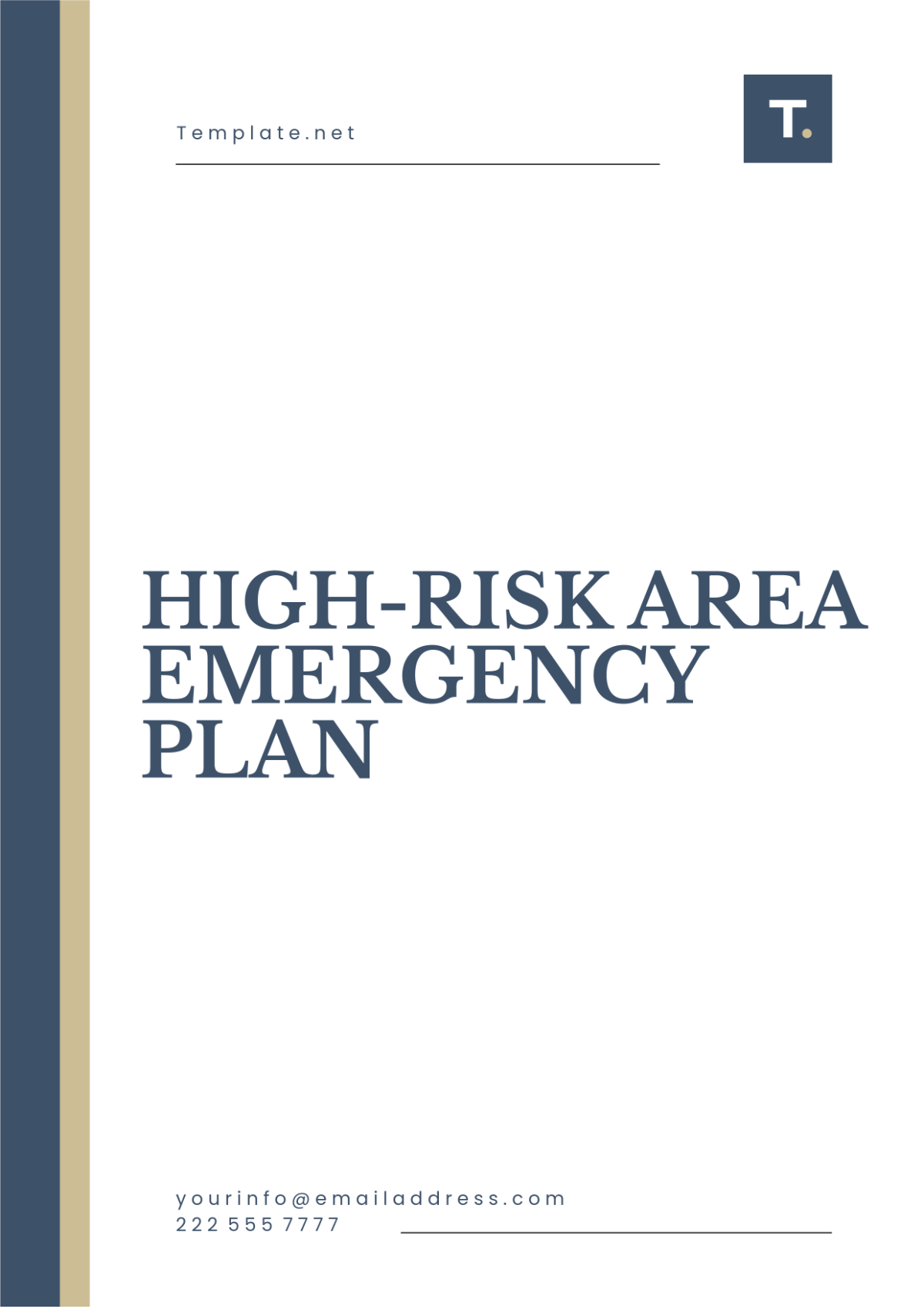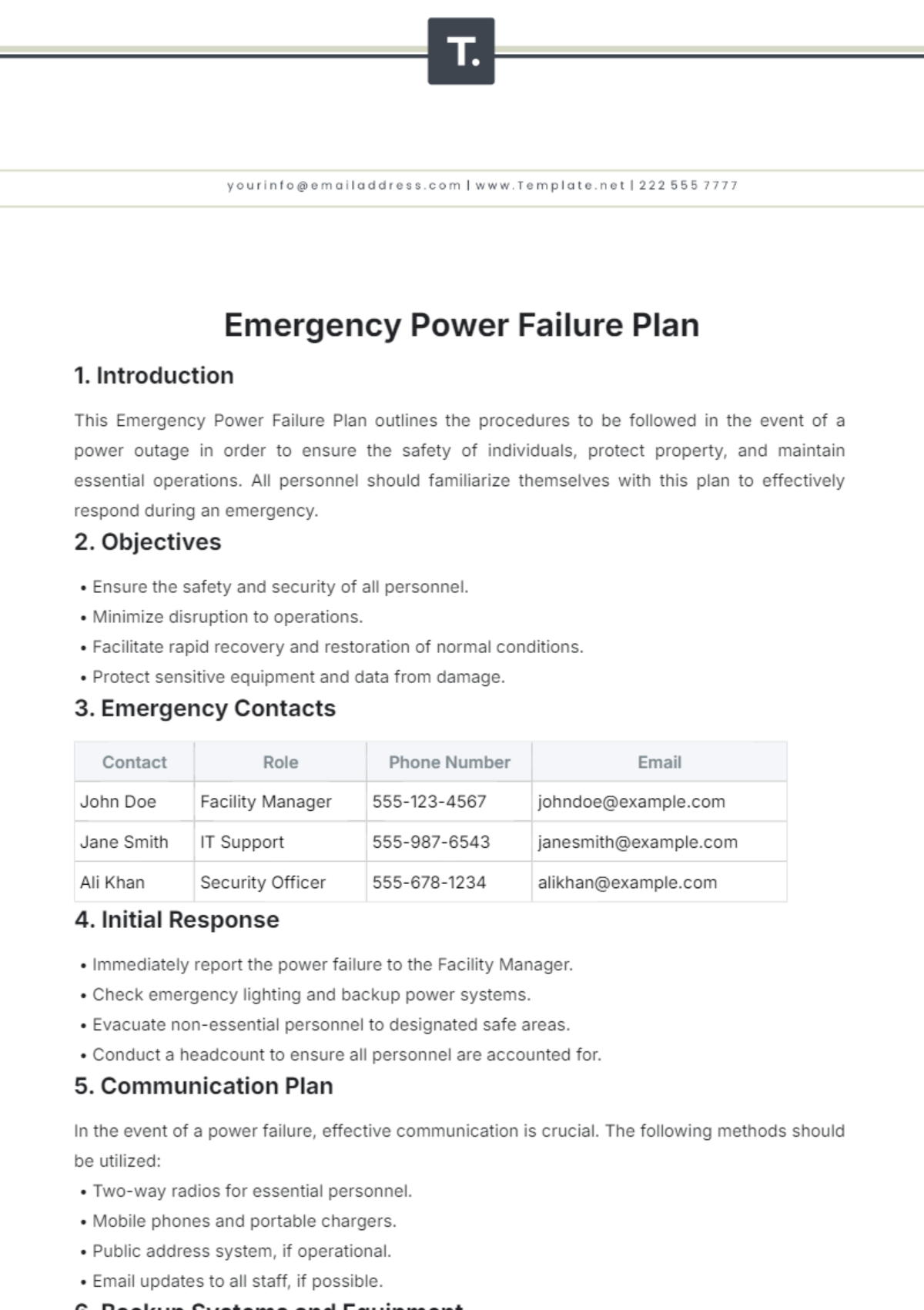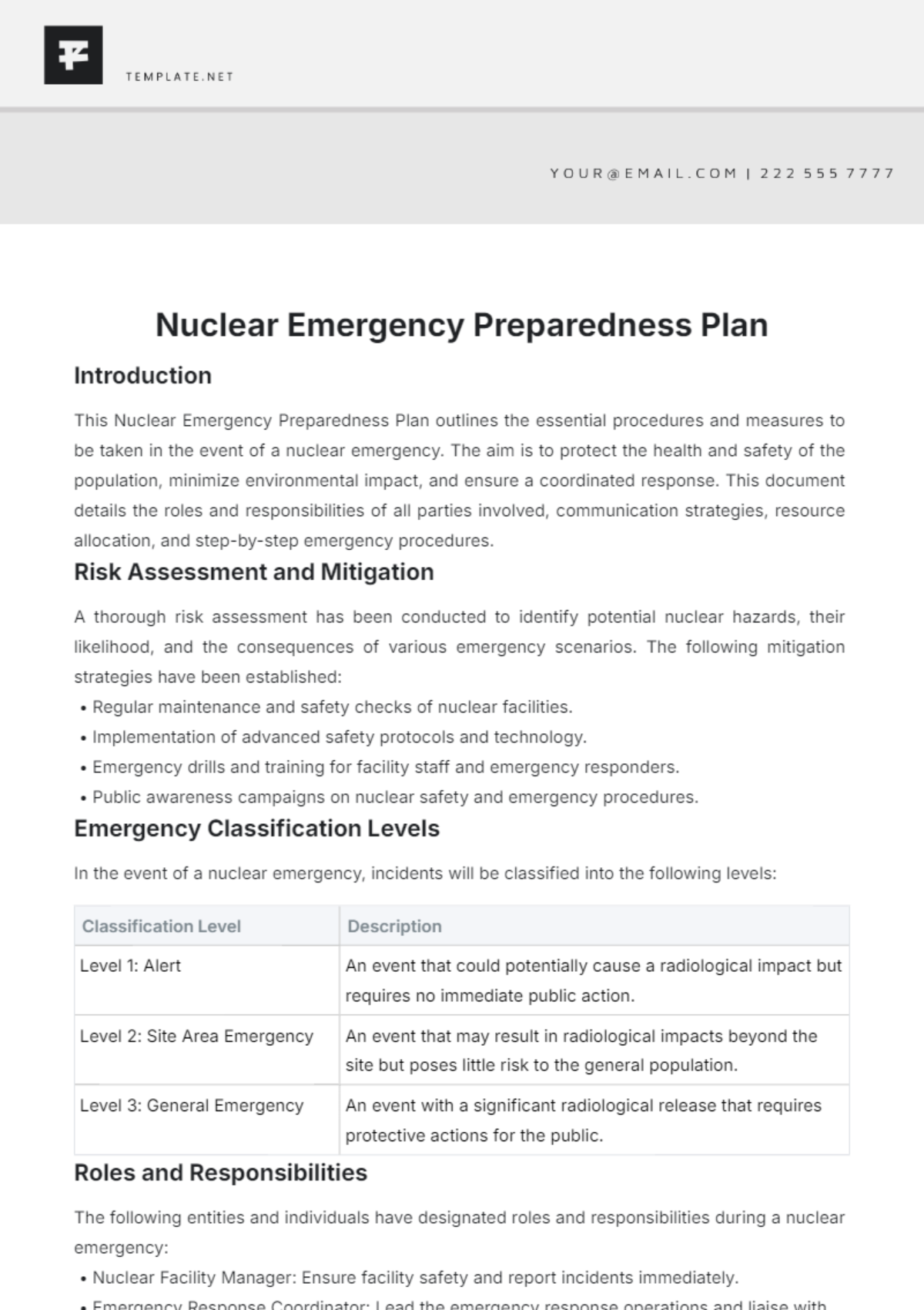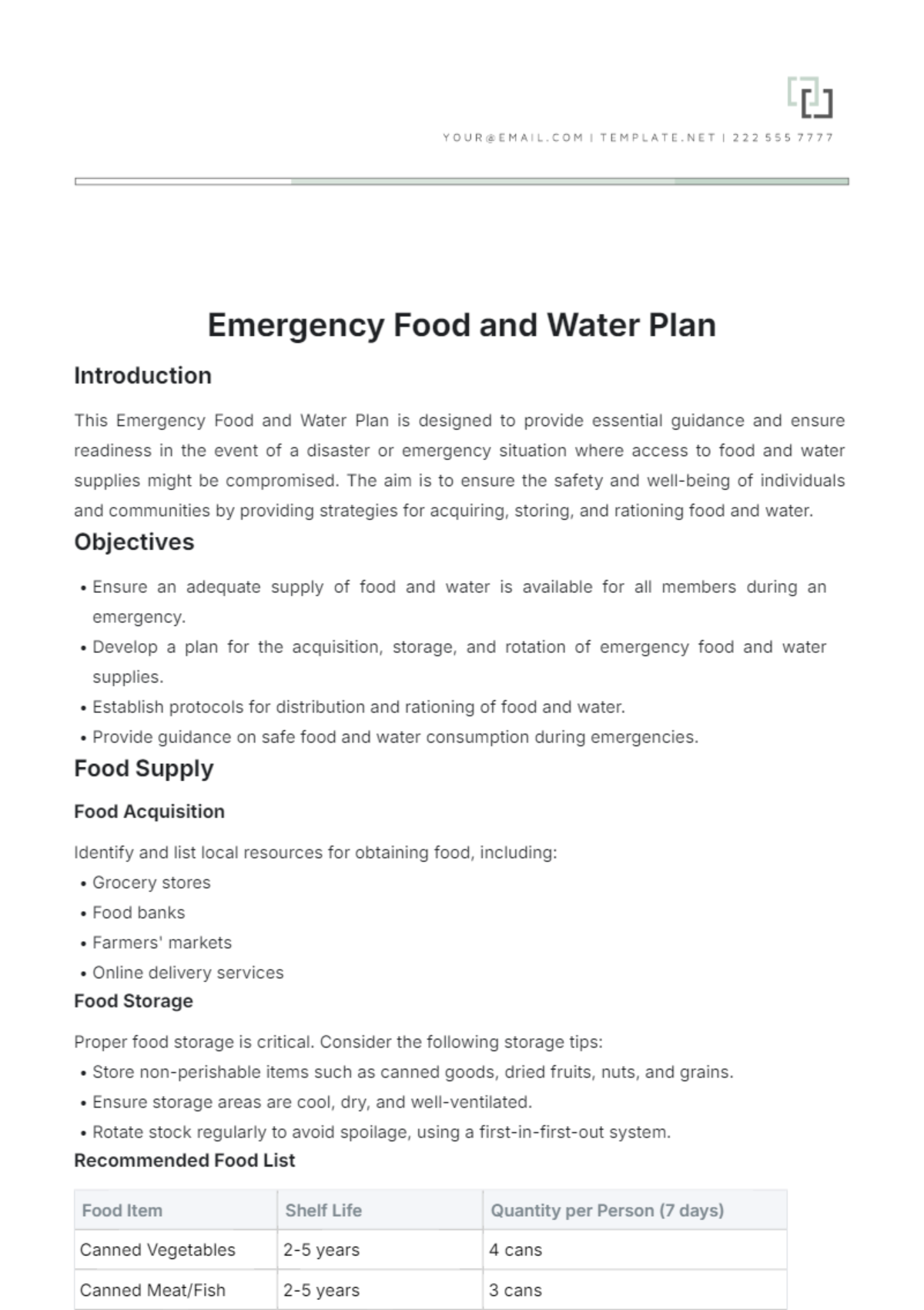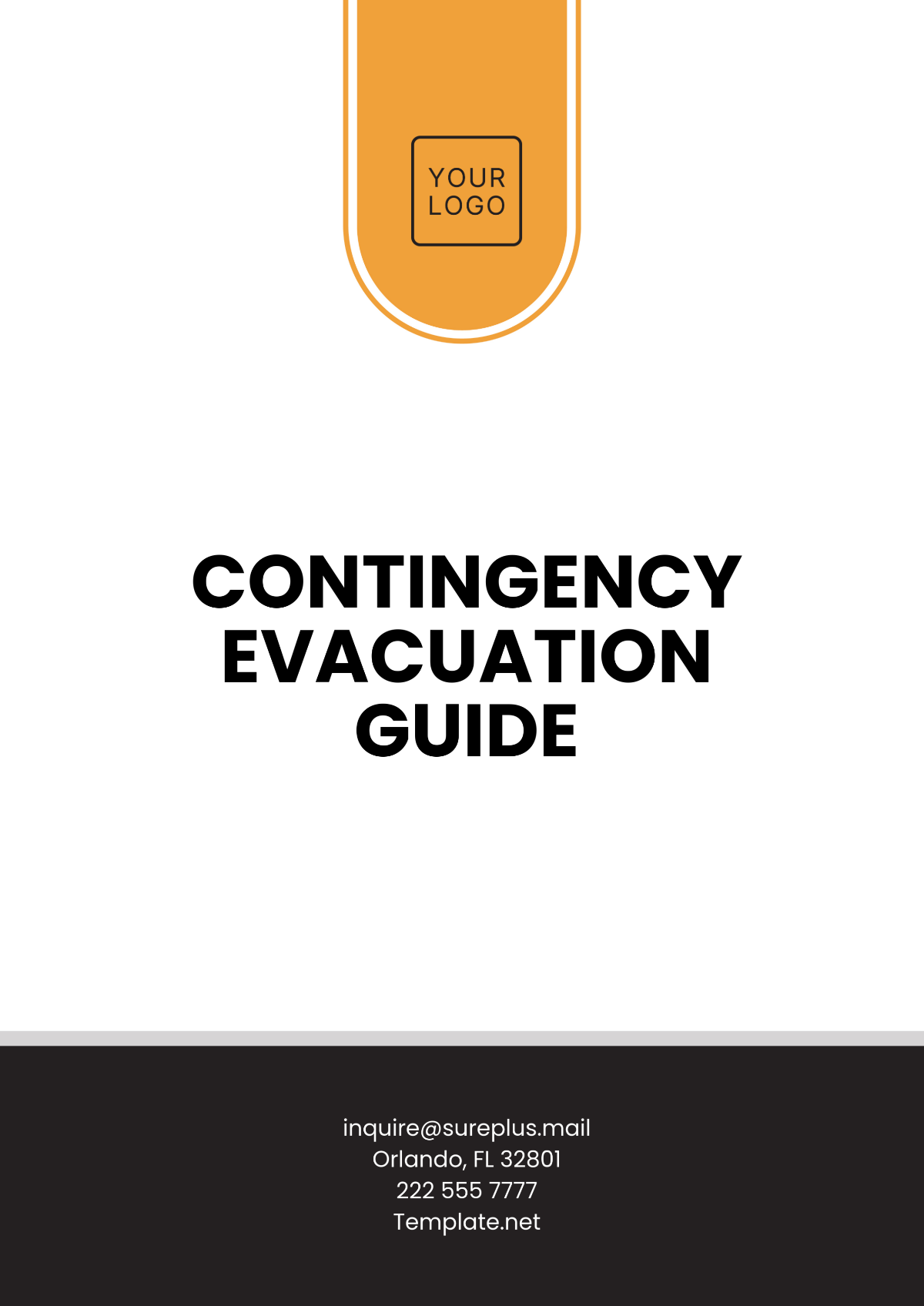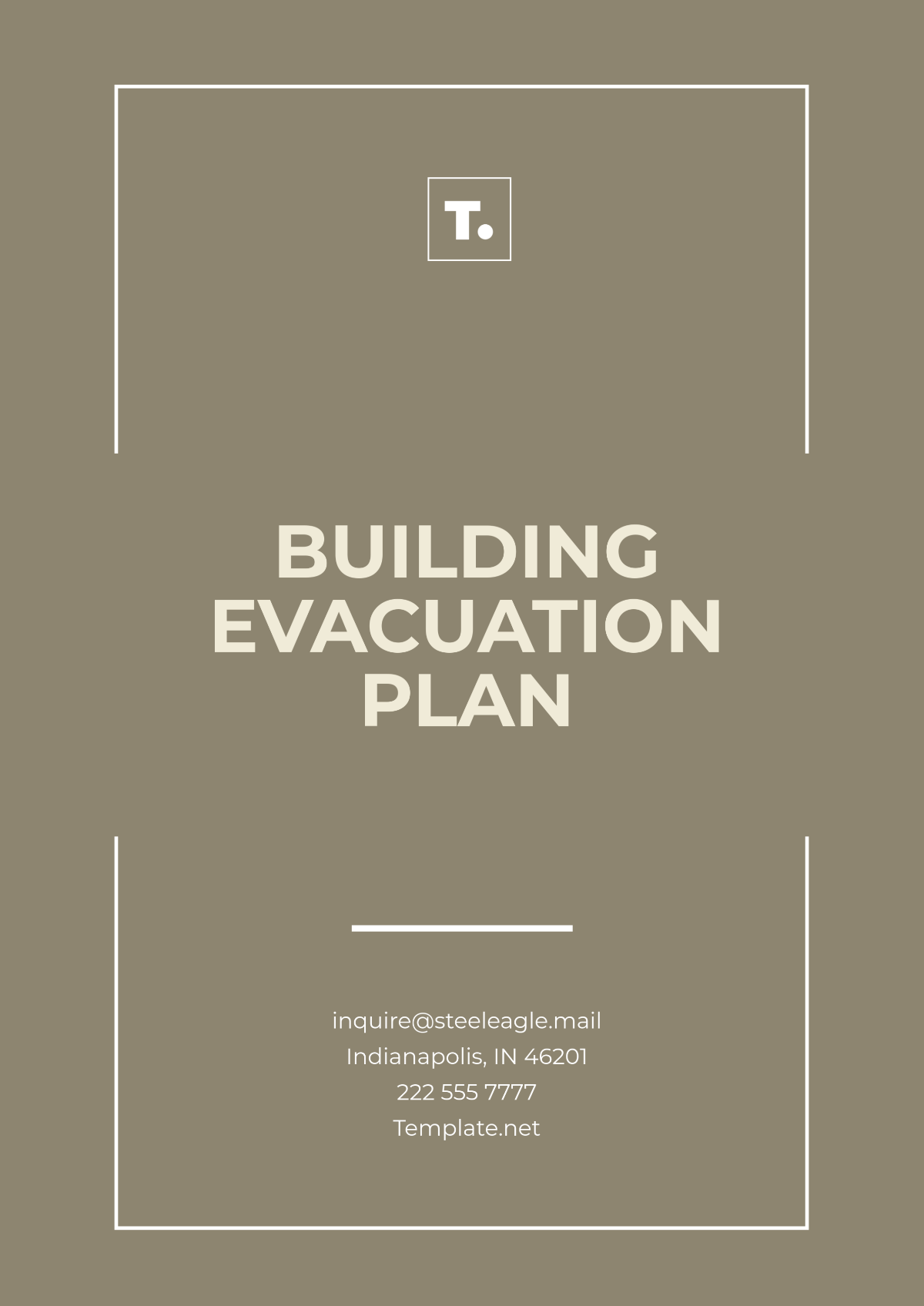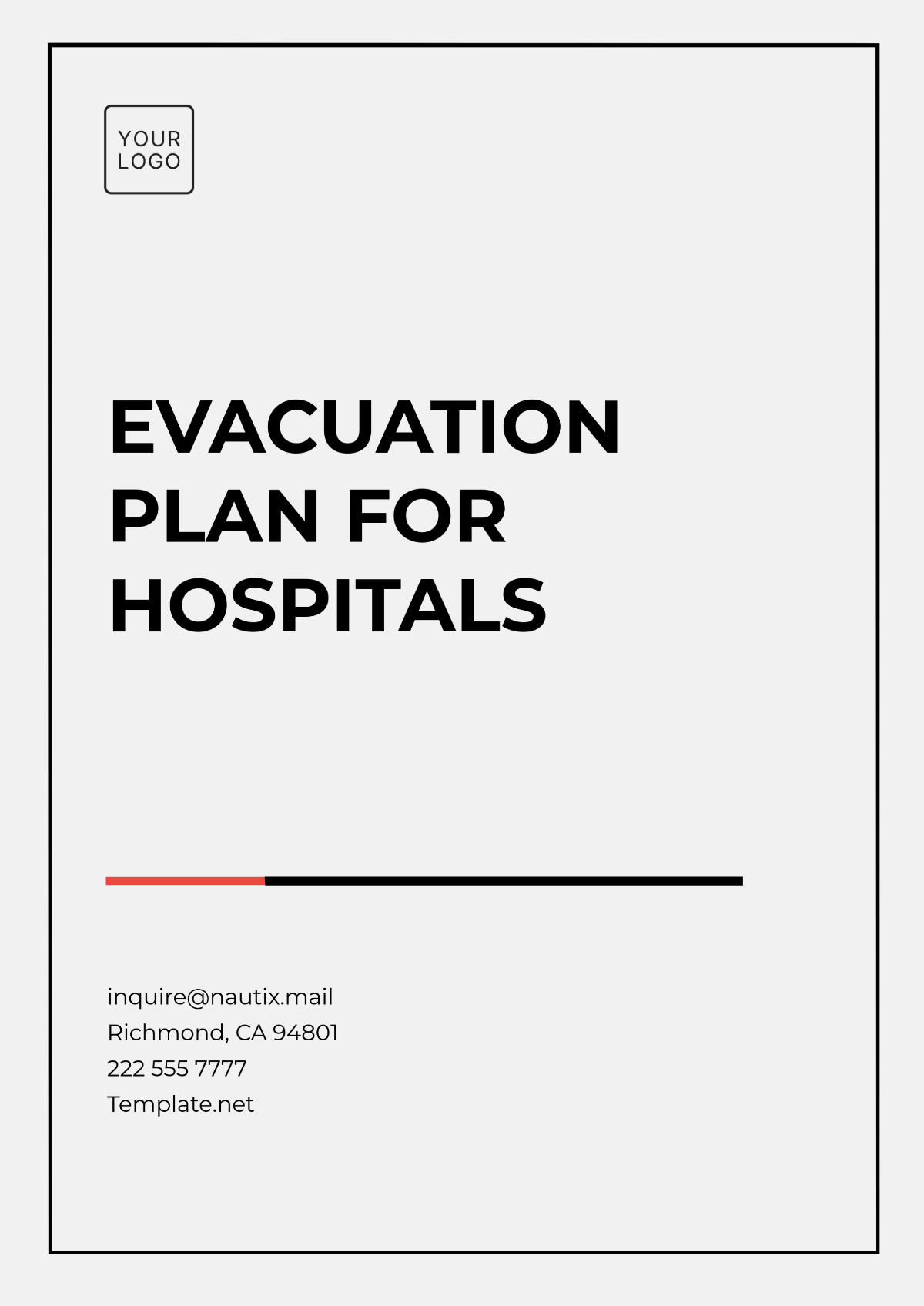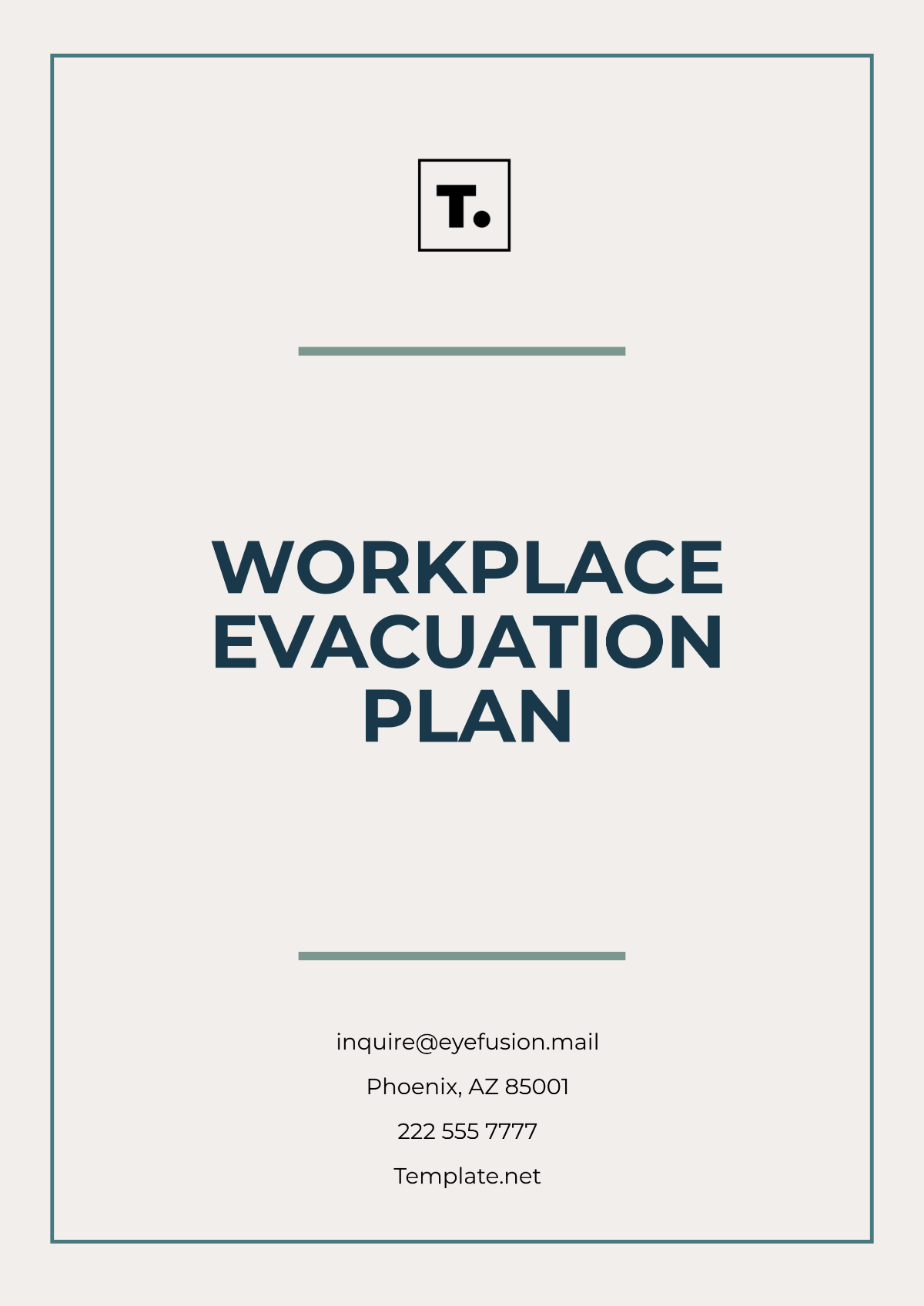Emergency Command Center Operation Plan
1. Introduction
The Emergency Command Center (ECC) Operation Plan is a crucial component of our organization's emergency preparedness strategy. It outlines the procedures, roles, and responsibilities for effectively managing and coordinating emergency response efforts. The ECC serves as the central hub where critical decisions are made, resources are allocated, and communication is coordinated. This plan ensures that during times of crisis, our ECC operates efficiently and effectively.
2. Activation and Staffing
The ECC is activated immediately upon the declaration of an emergency. Key personnel responsible for the ECC's operation include:
Emergency Coordinator: Assumes overall command and coordination of response efforts, including decision-making and resource allocation.
Communication Officer: Manages communication flow with internal and external stakeholders, ensuring timely and accurate information dissemination.
Support Staff: Responsible for resource management within the ECC, ensuring that essential supplies, communication tools, and equipment are readily available.
Table: ECC Activation and Staffing
Position | Responsibilities |
Emergency Coordinator | Overall command and coordination of response efforts. |
Communication Officer | Management of communication flow with stakeholders. |
Support Staff | Resource management and ECC operations support. |
2. ECC Facilities and Equipment
The ECC is equipped with the necessary facilities and equipment to support its operation. This includes:
Communication Tools: Radios, satellite phones, and other communication devices for real-time information exchange.
Emergency Supplies: Adequate supplies of food, water, first aid kits, and other essential items to sustain ECC operations.
Computing and Data Management: Computers, servers, and data management systems for information collection and analysis.
3. Communication Procedures
Effective communication is paramount during emergencies. The ECC establishes clear communication procedures to ensure that information flows smoothly between the ECC and various stakeholders. This includes the use of designated communication channels, regular updates to stakeholders, and the establishment of an emergency contact list.
Table: Communication Procedures
Communication Type | Channel/Method | Responsible Personnel |
Internal | ECC Radio Communication | Communication Officer |
External | Public Announcements | Communication Officer |
Emergency Alerts | Text and Email Notifications | Communication Officer |
4. Decision-Making Protocols
The ECC follows established decision-making protocols to ensure that critical decisions are made promptly and efficiently. This includes assessing the situation, considering available resources, and collaborating with relevant authorities and experts.
5. Resource Allocation
Resource allocation is a key responsibility of the ECC. This involves distributing personnel, equipment, and supplies as needed to respond effectively to the emergency. The ECC keeps a record of resource allocation to maintain accountability.
Table: Resource Allocation
Resource Type | Allocation Details | Responsible Personnel |
Personnel | Deployment to specific roles | Emergency Coordinator |
Equipment | Distribution to support response | Support Staff |
Supplies | Inventory management | Support Staff |
6. Training and Drills
Regular training and emergency drills are conducted to ensure that ECC staff are prepared to operate effectively during crises. Training covers ECC procedures, communication protocols, and decision-making.
7. Evaluation and Continuous Improvement
After each emergency response, the ECC conducts a debriefing and evaluation to identify strengths and areas for improvement. This information is used to enhance ECC procedures and capabilities continually.
8. Conclusion
The ECC Operation Plan is a fundamental component of our organization's emergency preparedness efforts. It ensures that our ECC functions seamlessly, allowing us to respond to emergencies efficiently and protect our assets, employees, and operations. This plan reflects our commitment to resilience and adaptability in the face of adversity.












